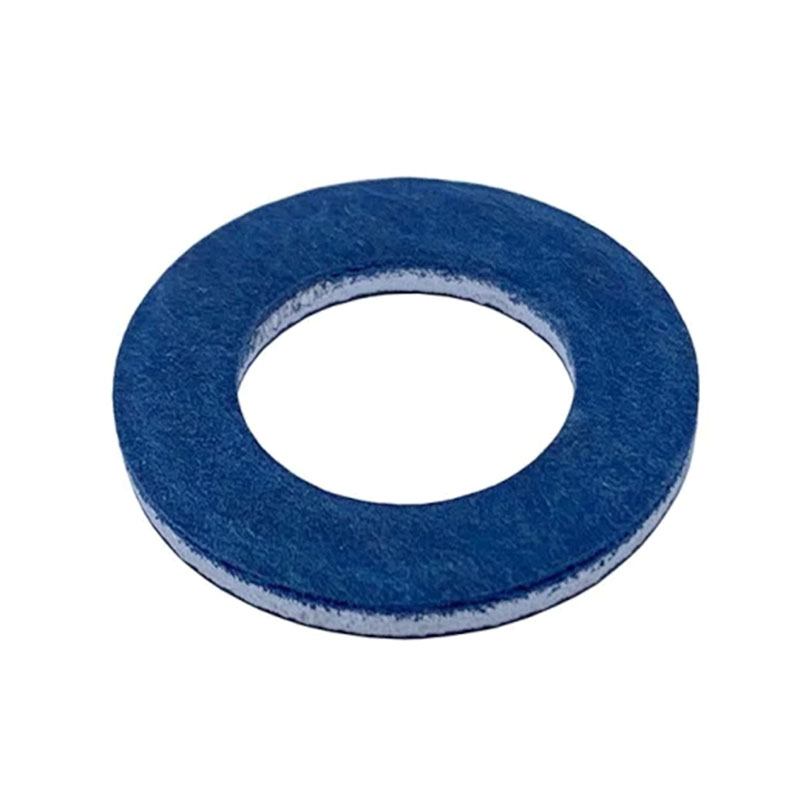Essential Guide to Car Sump Plug Maintenance and Replacement Tips
Understanding the Importance of Car Sump Plugs
The automotive industry is a complex web of intricate components working together to ensure the efficient performance of vehicles. One such component that often goes unnoticed yet plays a crucial role in the operation of a car is the sump plug, particularly in the context of engine oil maintenance. This article explores what a sump plug is, its significance, and the potential consequences of neglecting it.
What is a Sump Plug?
The sump plug, also known as an oil drain plug, is a small but vital component located at the bottom of the engine's oil sump. The oil sump is the reservoir that holds the engine oil, which lubricates the engine's moving parts, reduces friction, and ensures smooth operation. The sump plug serves two primary functions it allows for the draining of oil during routine maintenance and acts as a seal to prevent oil leakage.
Importance of the Sump Plug
1. Maintenance and Oil Changes Regular oil changes are essential for maintaining engine health. The sump plug facilitates this process by providing an easy access point to drain old, contaminated oil and replace it with new, clean oil. Neglecting to change the oil can lead to a build-up of sludge and debris, which can severely damage the engine over time.
2. Prevention of Oil Leaks If a sump plug is damaged or not properly tightened, it can lead to oil leaks. Oil leaks not only decrease the amount of lubricant available for the engine but can also create a fire hazard, environmental issues, and costly repairs. The integrity of the sump plug is therefore crucial in maintaining the safety and efficiency of the vehicle.
3. Cost-Effective Maintenance Regularly checking and maintaining the sump plug can prevent larger, more expensive repairs down the road. A simple inspection to ensure that the sump plug is secure can save car owners from the costly consequences of oil leaks or engine wear.
Signs of a Sump Plug Problem
car sump plug

Car owners should be vigilant in monitoring for any signs that may indicate problems with the sump plug
- Oil Puddles or Spots Finding oil spots where the car is parked can be a direct indicator of a sump plug issue. If oil is pooling underneath the vehicle, it is crucial to investigate immediately. - Low Oil Levels Regularly checking the oil level using the dipstick can help detect if oil is being lost. A consistent drop in oil level may suggest a leak, possibly caused by a faulty sump plug.
- Unusual Noises If the engine starts making unusual clanking or grinding noises, it may be due to insufficient lubrication from oil loss. Addressing issues with the sump plug promptly can prevent potential engine failure.
How to Maintain the Sump Plug
1. Regular Inspections During routine oil changes, mechanics should always inspect the sump plug for signs of wear or damage. If the plug appears stripped, cracked, or corroded, it should be replaced immediately.
2. Proper Tightening Ensure that the sump plug is tightened to the manufacturer's specifications. Over-tightening can strip the threads and damage the oil pan, while under-tightening can lead to leaks.
3. Use of Gaskets When installing a new sump plug, using a fresh gasket can help create a better seal and prevent leaks. This simple step can enhance the effectiveness of the sump plug and prolong its lifespan.
Conclusion
The sump plug may seem like a small and insignificant part of a car, but its role in engine maintenance and performance is critical. By understanding its importance and recognizing the signs of potential issues, car owners can take proactive measures to maintain their vehicle's health. Regular inspections, proper maintenance, and timely replacements will ensure that the engine operates efficiently and effectively, ultimately extending the life of the vehicle. Investing time in understanding and caring for the sump plug is a small effort that can yield significant returns in the longevity and reliability of a car.
-
Essential Guide to Oil Seals: From Radial to Metal-Cased Seals for Industrial Reliability
News Jul.30,2025
-
Choosing the Right Oil Seals and Gaskets for Industrial and Automotive Applications
News Jul.30,2025
-
Cassette Seals: Durable Sealing Solutions for Harsh Environments
News Jul.30,2025
-
Understanding the Front Main Engine Seal: Purpose, Maintenance, and Installation
News Jul.29,2025
-
Understanding O-Rings and Seal Rings: Types, Applications, and Custom Solutions
News Jul.29,2025
-
Understanding Crankshaft Oil Seals: Rear Seals, Pulley Seals, and Their Role in Engine Integrity
News Jul.29,2025
-
The Importance of Front and Rear Crankshaft Seals in Engine Performance and Oil Management
News Jul.29,2025
Products categories















